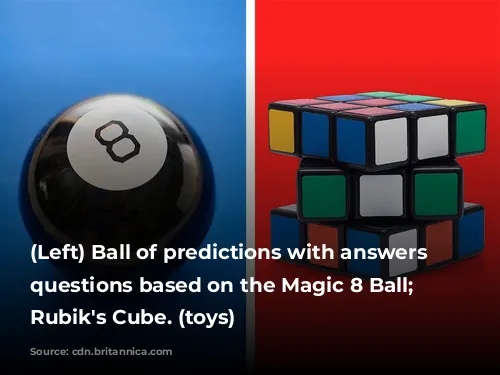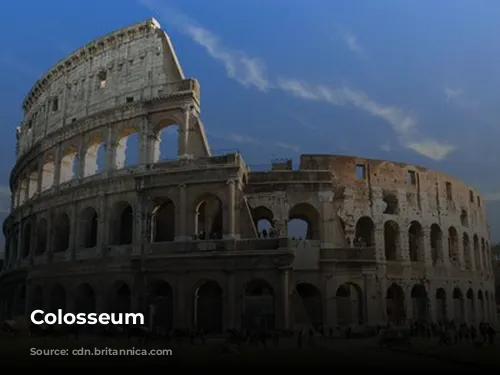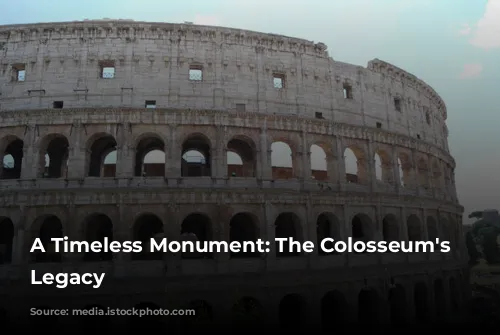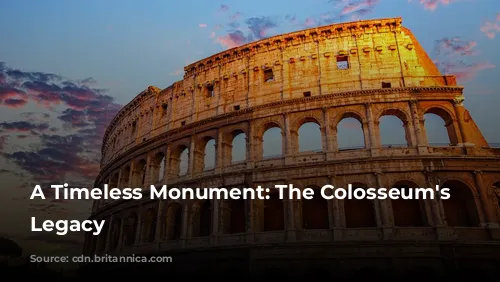Towering over the Italian landscape, the Colosseum stands as a magnificent testament to the architectural brilliance and engineering prowess of ancient Rome. This iconic structure, one of the few mostly intact remnants of the Roman Empire, is a significant draw for tourists worldwide, generating substantial revenue for the Italian government. In 2018 alone, the Colosseum, along with the Roman Forum and Palatine Hill, attracted millions of visitors, generating over $63.3 million (€53.8 million) – the highest revenue of any tourist attraction in Italy.
This enduring popularity stems from the Colosseum’s rich history and its captivating aura. However, the path to its present glory was not without trials. Following the decline of the Western Roman Empire, the Colosseum fell into a state of disrepair. During the 12th century, powerful families like the Frangipane and Annibaldi repurposed the arena as their fortress. Centuries later, in the late 15th century, Pope Alexander VI granted permission for the Colosseum to be used as a quarry, leading to further deterioration. For over a thousand years, this magnificent structure endured neglect, its grandeur fading into oblivion.
Fortunately, a glimmer of hope emerged in the 1990s when state-funded restoration efforts began, breathing new life into the Colosseum. This monumental task aimed to preserve the ancient wonder and restore its lost splendor, ensuring its legacy for generations to come. The restoration efforts reflect a renewed appreciation for the Colosseum’s historical significance and its enduring power to captivate the imagination.
A Legacy of Imperial Ambition
The construction of the Colosseum was driven by the ambition of Roman emperors, who sought to revitalize the city after the turbulent year of the four emperors in 69 CE. Like other amphitheaters, the Colosseum was envisioned as a grand entertainment venue, a place to showcase the might and splendor of the Roman Empire. Emperor Vespasian, known for his pragmatic leadership, intended the Colosseum to be a focal point for public entertainment, hosting thrilling gladiatorial combat, captivating animal hunts, and even elaborate mock naval battles. This vision of spectacle and grandeur cemented the Colosseum’s place as a symbol of Roman power and cultural dominance.
Construction commenced under Emperor Vespasian between 70 and 72 CE, and the completed structure was dedicated in 80 CE by his son and successor, Titus. Vespasian’s son, Titus, further embellished the Colosseum by adding a fourth story in 82 CE. The funding for this colossal project came from the spoils of war, specifically from Titus’s conquest of Jerusalem in 70 CE. This historical fact adds a complex layer to the Colosseum’s story, reminding us of the interconnectedness of power, conquest, and the human cost of empire building.
A Masterpiece of Roman Architecture and Engineering
The Colosseum, also known as the Flavian Amphitheater, is a marvel of Roman architecture and engineering. This elliptical structure, constructed from a blend of stone, concrete, and tuff, stands four stories tall, reaching a height of 156 meters. Its imposing dimensions, measuring 620 by 513 feet (189 by 156 meters), allowed it to accommodate a staggering 50,000 spectators. The Colosseum’s awe-inspiring scale and intricate design stand as a testament to the Romans’ mastery of construction, their ability to create monumental structures that defied the limits of their time.
The Colosseum’s construction was innovative for its time. Unlike earlier amphitheaters that relied on the natural contours of hillsides for support, the Colosseum stands as a freestanding structure. It utilizes a complex system of barrel vaults and groin vaults, a feat of engineering that allowed the Colosseum to span vast distances without collapsing. Three of the arena’s stories are adorned with arcades framed by engaged columns in the Doric, Ionic, and Corinthian orders. This rising arrangement of columns, a testament to the Romans’ architectural sophistication, laid the foundation for the Renaissance codification known as the assemblage of orders, influencing architecture for centuries to come.
The Colosseum’s construction also highlights the Romans’ keen understanding of materials and their ability to utilize resources effectively. The main structural framework and facade are crafted from travertine, a durable limestone. The secondary walls are made of volcanic tufa, a lighter and more porous stone. Concrete, the Romans’ signature material, forms the inner bowl and the arcade vaults, showcasing their ability to create strong and durable structures. This meticulous attention to detail and strategic use of materials ensured the Colosseum’s resilience, allowing it to withstand the test of time.

A Stage for Spectacle and Entertainment
The Colosseum was more than just a building; it was a vibrant stage for spectacle and entertainment. The massive arena hosted a variety of events, captivating the hearts and minds of the Roman people. The heart of the Colosseum, the arena itself, was a vast, open space designed to host gladiatorial combat, wild animal hunts, and even mock naval battles. The Romans’ love for spectacle and entertainment was deeply rooted in their culture, and the Colosseum provided a grand stage for these events, drawing in thousands of eager spectators.
To protect spectators from the unforgiving Roman sun, the Colosseum featured a massive retractable awning, known as a velarium. This ingenious system involved masts extending from corbels, projecting from the attic story of the Colosseum. Hundreds of Roman sailors were responsible for manipulating the rigging, extending and retracting the velarium, a testament to the Romans’ resourcefulness and their ability to orchestrate elaborate logistical operations. The Colosseum’s intricate design and ingenious engineering made it a place of both awe and wonder, a symbol of Roman technological advancement and the ingenuity of the Roman people.
The Colosseum witnessed countless gladiatorial combats, thrilling encounters between men and beasts, and even grand-scale mock naval battles. These events, staged for the masses, were a reflection of Roman culture, showcasing the values of valor, courage, and the spectacle of power. While it is uncertain whether the Colosseum served as a site for the martyrdom of early Christians, it stands as a symbol of the enduring power of the Roman Empire, a powerful reminder of a bygone era, and its enduring legacy.
Time’s Unrelenting Grip: The Colosseum’s Transformation
As the Roman Empire waned, the Colosseum experienced a gradual but inevitable decline. Medieval times saw the Colosseum repurposed as a church, then transformed into a fortress by prominent Roman families, the Frangipane and Annibaldi. This period of transformation marked a departure from the Colosseum’s original purpose, revealing its evolving role in the changing landscape of Rome. The Colosseum stood witness to the rise and fall of empires, its grandeur slowly giving way to the relentless passage of time.
Despite its enduring strength, the Colosseum succumbed to the ravages of nature and neglect. Lightning strikes and earthquakes inflicted damage, further contributing to its decline. However, it was the relentless vandalism and pollution that inflicted the most significant wounds. The once opulent marble seats and decorative materials were systematically removed, stripping the Colosseum of its splendor. For over a thousand years, the Colosseum served as little more than a quarry, a source of building materials for a burgeoning city.
Rebirth and Preservation: A Legacy Endured
The 19th century marked a turning point in the Colosseum’s history. Efforts to preserve this ancient wonder began in earnest, led by notable figures like Pope Pius VIII. This renewed interest in the Colosseum’s historical significance signaled a shift in perspective, recognizing its cultural value and its enduring power to inspire. This marked the beginning of a long and arduous process of restoration and preservation, aimed at ensuring the Colosseum’s survival for future generations.
The 1990s witnessed a major restoration project, a testament to the commitment of Italian authorities to preserving their cultural heritage. This multi-year undertaking, funded by the Italian government, aimed to stabilize the structure, restore its fading grandeur, and ensure its enduring presence for centuries to come. The Colosseum’s restoration is a continuous process, reflecting the ongoing efforts to safeguard this ancient wonder, ensuring its place as a symbol of human ingenuity, resilience, and the enduring power of history.
Today, the Colosseum remains one of Rome’s most prominent tourist attractions, drawing millions of visitors each year. The grandeur of the Colosseum, its history, and the stories it holds captive continue to enthrall visitors, reminding them of the enduring power of human ingenuity and the legacy of ancient Rome. The Colosseum stands as a powerful symbol of the past, a testament to the ingenuity of the Roman people, and a reminder of the lasting impact of civilizations on the world.









